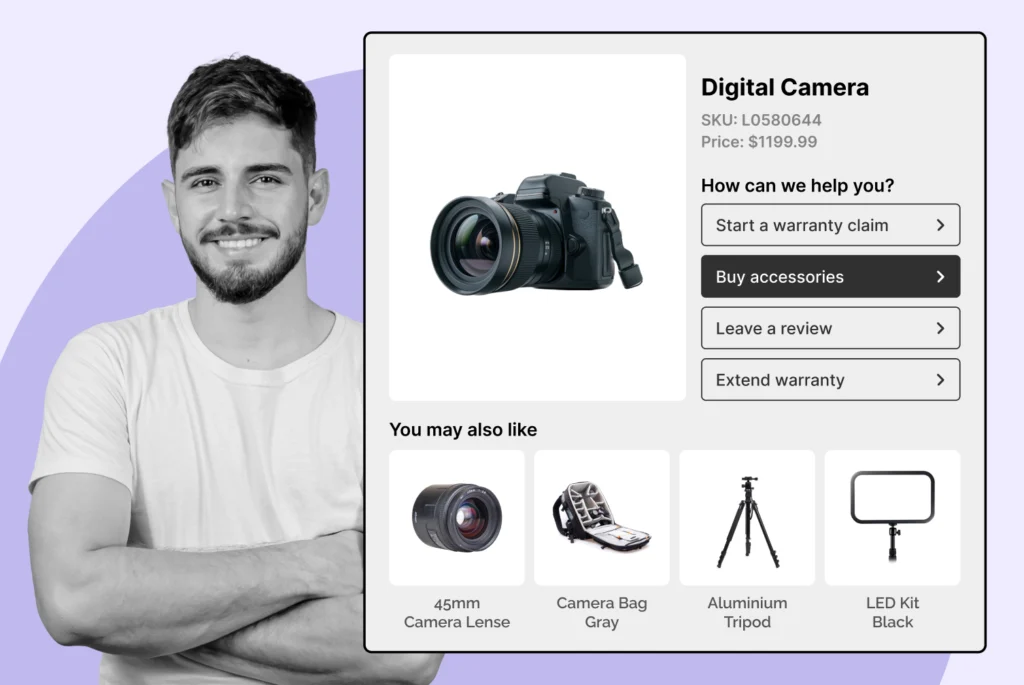
How Can WeSupply Turn Warranty Returns Into Loyalty Moments
Discover how effective warranty returns management can enhance customer loyalty and strengthen your brand. Read on to transform your return process!
Shipping, Tracking & Notifications
Boost customer experience and reduce support tickets
Realtime order and shipment tracking
Proactive order and shipping notifications
AI-Enhanced Discounted Labels
Predictive pre-purchase estimated delivery dates
Self-Serivce branded order tracking
Effortless experience delivered
Identify and Resolve Order Issues
Realtime order and shipment tracking
Make returns profitable and delight customers
Flexibility to define any return destinations & conditions
Simplify returns for your customers and team
Incentivize exchanges over returns
Returns management made easy for your team
Returns management made easy for your team
Easy claims and smart upsells
Understand why your customers are returning
In-Store & Curbside Pickup
Unify the online and the in-store experience
Hassle-free pickup experience for customers
In-Store dashboard to keep operations streamlined
In-Store and Online orders unified
Drive foot-traffic to your stores
Shipping, Tracking & Notifications
Boost customer experience and reduce support tickets
Realtime order and shipment tracking
Proactive order and shipping notifications
AI-Enhanced Discounted Labels
Predictive pre-purchase estimated delivery dates
Self-Serivce branded order tracking
Effortless experience delivered
Identify and Resolve Order Issues
Realtime order and shipment tracking
Make returns profitable and delight customers
Flexibility to define any return destinations & conditions
Simplify returns for your customers and team
Incentivize exchanges over returns
Returns management made easy for your team
Returns management made easy for your team
Understand why your customers are returning
In-Store & Curbside Pickup
Unify the online and the in-store experience
Hassle-free pickup experience for customers
In-Store Dashboard to keep operations streamlined
In-Store and Online orders unified
Drive foot-traffic to your stores
Boost customer experience and reduce support tickets
Realtime order and shipment tracking
Proactive order and shipping notifications
AI-Enhanced Discounted Labels
Predictive pre-purchase estimated delivery dates
Self-Serivce branded order tracking
Effortless experience delivered
Make returns profitable and delight customers
Flexibility to define any return destinations & conditions
Simplify returns for your customers and team
Incentivize exchanges over returns
Returns management made easy for your team
Equip your team for precise return checks.
Understand why your customers are returning
Unify the online and the in-store experience
Hassle-free pickup experience for customers
In-Store Dashboard to keep operations streamlined
In-Store and Online orders unified
Drive foot-traffic to your stores
Find the answer to all your questions
Take a step by step trip through our functionality to see how we can improve your ecommerce processes.
Explore the most comon questions about WeSupply
Calculate the ROI that WeSupply can bring you
Request a no strings attached review of your current shopping experience and missed conversion opportunities
Read actionable articles on how to optimize your post-purchase experience and decrease support tickets
Get inspired by stories of how our customers implemented an effortless post-purchase experience
Wondering if WeSupply is a good fit for you? Read through our use cases to see how we can help you increase conversion & improve CX!
A Deep Dive into Top Companies' Order Tracking & Returns Strategy
Find the answer to all your questions
Explore the most comon questions about WeSupply
Calculate the ROI that WeSupply can bring you
Request a no strings attached review of your current shopping experience and missed conversion opportunities
Take a step by step trip through our functionality to see how we can improve your ecommerce processes.
Read actionable articles on how to optimize your post-purchase experience and decrease support tickets
Get inspired by stories of how our customers implemented an effortless post-purchase experience
A Deep Dive into Top Companies' Order Tracking & Returns Strategy
Wondering if WeSupply is a good fit for you? Read through our use cases to see how we can help you increase conversion & improve CX!
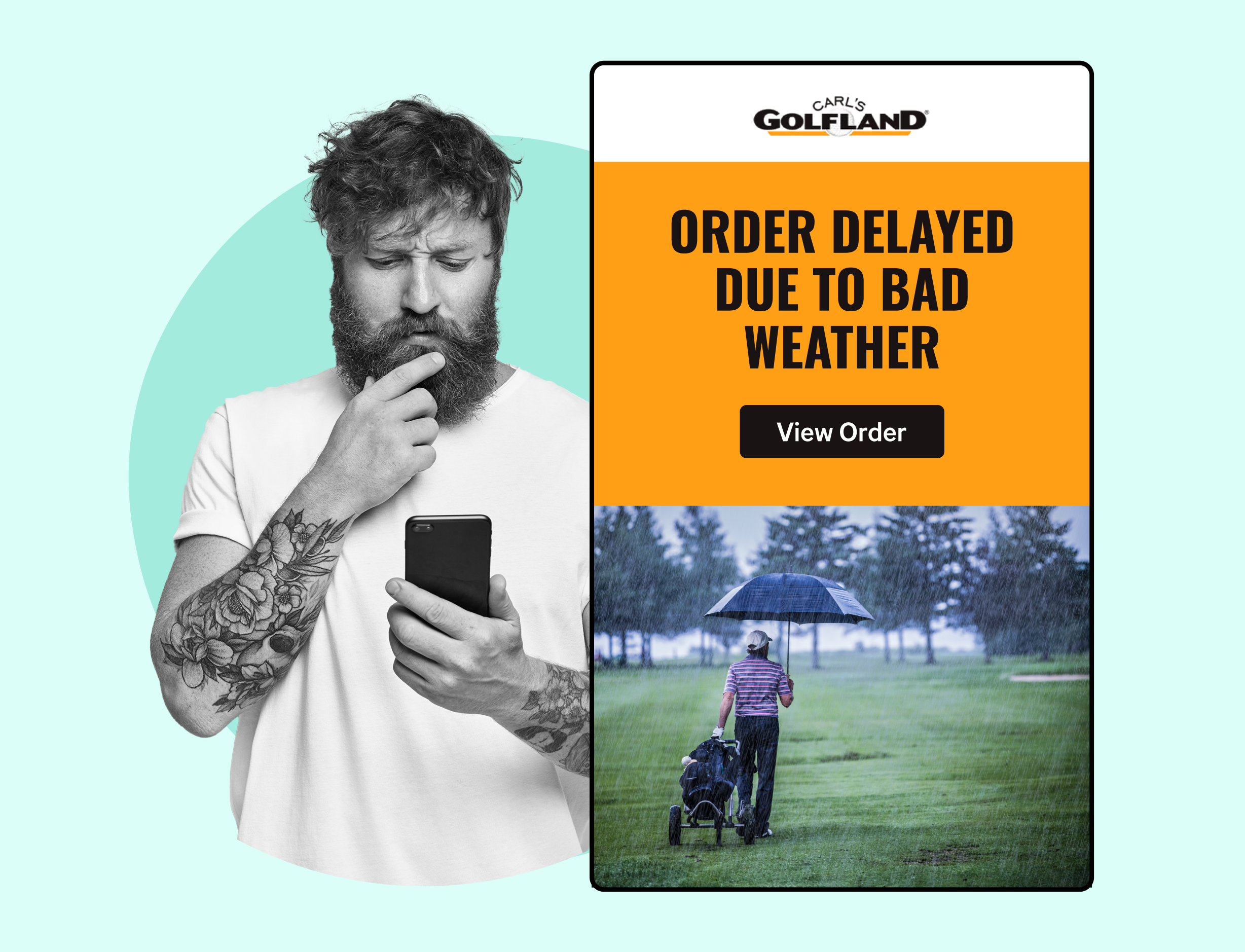
In the fast-paced world of ecommerce, where customers expect two-day (or even same-day) delivery, a shipping delay can feel like a disaster. Whether caused by a winter storm, a carrier backlog, or an address issue, delays from FedEx, UPS, or USPS can quickly damage your reputation, spike support inquiries, and even cost you repeat customers. Shipping delays can be especially challenging for business operations that rely on timely deliveries to maintain customer satisfaction and efficient workflows.
But here’s the good news: delays don’t have to destroy customer relationships. With the right mix of communication, delivery tools, and long-term logistics planning, you can turn even a frustrating delay into an opportunity to build trust. Severe weather in the central U.S.—including states like Texas, Arkansas, or Louisiana—can disrupt shipping routes and impact delivery times, so being prepared is key. Let’s walk through how to handle these inevitable delivery hiccups—without losing your customers.
Shipping delays are an inevitable part of the delivery process, whether you’re sending a package across town or across the country. Both senders and recipients can find these delays inconvenient, especially when waiting for important packages. Understanding what causes delays and how to respond can make a big difference in your overall experience.
Tools like FedEx Delivery Manager offer valuable services to help you track your packages, monitor delivery times, and receive service alerts about any changes to your shipment’s status. By staying informed with real-time updates and using your tracking number to check the latest information, you can better manage your expectations and make informed decisions about your shipping options. Taking advantage of these resources helps minimize the impact of delays and ensures you’re always in the loop about your delivery date and package status.
The first step to preventing frustration during a delay is to avoid overpromising on delivery timelines. Many ecommerce stores fail to communicate clearly about delivery time—when a package is expected to arrive—especially during peak seasons or in the case of international shipments.
On product pages and at checkout, make sure your estimated delivery times are realistic and include buffer days. Don’t just quote the fastest possible shipping window—account for potential disruptions like bad weather, customs clearance, or high seasonal volume. Consider adding a disclaimer near your shipping options, something like: “Due to carrier delays, some packages may arrive later than expected. We’ll keep you updated every step of the way.”
This kind of upfront transparency sets the tone for trust. If a delay does happen later, customers are far more understanding because they weren’t misled in the first place.
A variety of factors can influence how quickly your shipments arrive at their destination. Severe weather events—such as snowstorms, hurricanes, or flooding—can disrupt air cargo schedules and ground transportation, leading to unexpected delays for services like FedEx Ground. Natural disasters can also impact delivery times, especially if they affect major transit routes or distribution centers.
The specific location of the recipient plays a significant role as well. Deliveries to rural or remote areas often take longer than those to urban centers, simply due to distance and access. Additionally, high shipping volumes during peak seasons or unforeseen logistical challenges can further extend delivery times. By understanding these variables, you can better anticipate potential delays and plan your shipments accordingly, ensuring your packages reach their intended location as efficiently as possible.
One of the most important rules of delay management is simple: never let the customer be the one to discover a delay. If you know a FedEx, UPS, or USPS package is behind schedule, reach out first with an honest, helpful update.
Ideally, your shipping software should allow for automated delay alerts via email or SMS, so customers can receive updates directly on their phone. These notifications should include a clear subject line (e.g., “Important Update on Your Order #10245 – Delayed Delivery”), a sincere apology, a short explanation of the cause, and a new estimated delivery date if known. Be careful not to make excuses—customers don’t expect perfection, but they do expect honesty and accountability.
Even if there’s no update yet, send a quick check-in: “We’re still monitoring your shipment. We know it’s delayed, and we haven’t forgotten you.”
This kind of proactive communication shows customers you’re watching their order as closely as they are—and that builds real trust.
If you need help or have any questions about your delayed shipment, please reach out to our support team.
Visibility is everything when it comes to customer satisfaction during shipping delays. Offering real-time tracking links for FedEx, UPS, or USPS packages helps customers feel more in control and reduces the number of “Where is my order?” (WISMO) emails flooding your inbox. Remind customers to enter their tracking number on the carrier’s website to get the most accurate and timely updates.
Use branded tracking pages whenever possible. These customized pages not only provide delivery updates but also keep the customer within your brand ecosystem, rather than sending them off to a carrier’s site. Customers can log into their account to view the current status of their shipment. You can include messaging like “Experiencing a delay? We’re here to help” with links to your support team.
When packages are stuck in transit or showing no movement, that’s your cue to jump in with additional information or even alternative solutions. Tracking pages provide important details about the shipment’s progress and any delays. Monitoring carrier dashboards and using shipping APIs can help you identify issues early so you can communicate quickly.
Staying informed is key when it comes to managing shipping delays. Service alerts and notifications provide timely updates about any disruptions or changes to your shipments. FedEx Delivery Manager, for example, sends out regular service alerts to keep you updated on severe weather, operational changes, or other factors that might impact delivery times.
These notifications allow you to track your package’s progress and take proactive steps if a delay is expected. By monitoring service alerts and tracking updates, you can adjust your plans, communicate with recipients, and minimize the impact of any disruptions. Taking advantage of these tools ensures you’re always aware of your shipment’s status and can respond quickly to any changes.
Even with automation and tracking, you still need a human touch. Your support team plays a huge role in how well you recover from shipping issues.
Make sure your agents are thoroughly trained on the common causes of shipping delays and the procedures for working with FedEx, UPS, and USPS. They should be equipped with escalation paths, contact numbers for carriers, and platform knowledge like FedEx Delivery Manager or USPS Missing Mail forms. It’s essential that your team knows when and how to apply the correct process or policy to resolve shipping issues efficiently.
More importantly, give your team the authority to resolve problems on the spot. That could mean refunding a shipping fee, sending a replacement, or issuing a goodwill discount without needing a manager’s approval. Fast resolutions matter more than flawless delivery.
And never underestimate the power of empathy. Customers want to feel heard. A sincere apology—combined with a tangible solution—can turn a negative experience into a lasting relationship.
Sometimes, just saying “sorry” isn’t enough. If a delay significantly impacts your customer’s plans (like a birthday gift arriving late), a small gesture of goodwill can go a long way.
Consider:
A discount code for future use.
Free shipping on their next order.
A small product added to their next shipment.
A full or partial refund on shipping fees.
Make your compensation match the situation. For example, a one-day delay might not require much, but a package arriving a week late (especially for time-sensitive needs) deserves a meaningful gesture.
Also, give customers flexibility. Allow them to cancel and get a refund if the new delivery date no longer works. Or offer a similar product that can ship faster. Note that certain compensation options, such as refunds or alternative products, may only be available to eligible customers depending on the circumstances of the delay. Being solutions-focused shows you value their time.
In some cases, delays cross into lost package territory—or qualify for a carrier refund. It’s important to know your options, and if tracking information is unavailable or the carrier cannot resolve the issue, be sure to contact the shipper for further assistance.
Visit FedEx’s official “File a Claim” page for guidance on lost, damaged, or missing shipments, including required documentation and timelines
You can request a refund under the Money-Back Guarantee for Express services.
FedEx Delivery Manager helps redirect or hold packages to prevent missed deliveries.
Use the UPS “File a Claim” portal. Claims must be submitted within 60 days of scheduled delivery for lost or damaged packages
File a claim online or call 1-800-742-5877 for domestic support.
Use UPS My Choice to reroute or reschedule deliveries in progress.
Use the “Missing Mail” tool on USPS.com.
Claims can be filed for insured packages or Priority Mail after five days past expected delivery.
Your team should be familiar with each process so they can guide customers through it, or handle claims on their behalf when appropriate.
While you can’t control the weather or every FedEx truck on the road, you can build a shipping strategy that’s more resilient overall.
Start by working with multiple carriers—FedEx, UPS, USPS, and possibly regional couriers. This gives you flexibility if one experiences widespread issues.
Use strategically placed warehouses or 3PL fulfillment centers near key customer hubs to cut down transit times and reduce reliance on long-haul shipping. Tools like EasyPost or ShipStation can help you automate carrier selection based on delivery speed, cost, and reliability. There are also different ways to manage shipping costs and improve efficiency, such as comparing surcharges, paying duties electronically, or adjusting to zone changes.
And don’t forget about the basics: make sure you validate shipping addresses at checkout to avoid rerouting delays, and automate label printing to reduce human error in fulfillment.
Want to be even more prepared? Use predictive analytics to forecast potential delays before they happen.
Platforms like ClickPost, ShippingChimp, and FarEye offer tools that analyze delivery data and external risk factors (like weather patterns, zip code-based delivery speed, or historical carrier performance). These tools can alert you when an order is likely to run late—before the carrier even reports an issue.
With these insights, you can notify customers ahead of time, adjust fulfillment methods, or change carriers on the fly. Companies strive to use predictive analytics to continuously improve their delivery performance and customer satisfaction. You’ll not only reduce complaints—you’ll look like a brand that truly has its act together.
Delays spike during peak times like Black Friday, Cyber Monday, and the winter holidays. Don’t wait until November to prepare.
Have a delay response playbook ready, including:
Automated banners and pop-ups warning of possible delays.
Adjusted ETAs in your checkout system.
Prewritten email templates for common delay scenarios.
A dedicated support escalation team for urgent shipping issues.
Temporary support staff trained on your carrier tools and FAQs.
Note: Delivery schedules may differ on Saturday and Sunday during peak season. Most carriers deliver by 5:00 p.m. Monday through Saturday, but standard mail is not typically delivered on Sunday except for services like Priority Mail Express. Be sure to inform customers about these exceptions to set realistic expectations.
Run simulations internally so your team knows exactly what to do if, for example, a major storm grounds all FedEx shipments for a week. Preparation makes all the difference.
Notify customers immediately if delivery goes wrong
Book a quick call with our experts to see how WeSupply can help you automatically notify customers of any issues so that there are no surprises. Whether it be a slow warehouse or bad weather, we’ve got you-and your customer’s satisfaction-covered!
Track partial shipments from multiple warehouses or dropshippers—all on one branded page.
Offer item-level shipment details for full transparency.
Reduce WISMO (“Where is my order?”) calls by up to 61%.
Real-Time Shipment & Order Visibility
Integrated with 1,000+ carriers for live updates across Parcel, LTL, and same-day delivery.
Identify delays, exceptions, or failed delivery attempts instantly.
Take action before your customer ever hits “Contact Us.”
Customer Communication at Scale
Send automatic, branded notifications for delayed, stalled, or RTS (Return to Sender) shipments.
No more manual emails—reach customers in bulk when common issues occur.
Engage proactively with updates on pre-orders, backorders, or personalization delays.
Lost or Stolen Package Management
Let customers report issues right on the branded tracking page.
Equip your support team with fast resolution workflows to reduce stress and complaints.
Automatically notify customers of:
Weather delays
Warehouse slowdowns
Carrier issues
Missed delivery attempts
Undeliverable Shipment Resolution
Detect and resolve undeliverables early.
Contact carriers and customers automatically to prevent returns and delivery failures.
Multi-Shipment and Item-Level Tracking
Keep customers informed on what’s shipped, what’s still processing, and where everything is—all in one branded interface.
Ideal for backordered or made-to-order items.
Keep customers engaged during longer fulfillment windows.
Easy-To-Use Reporting & Dashboards
Spot delayed or stalled shipments instantly.
Search, filter, and export shipment data in seconds.
Keep your team aligned and data-informed.
Seamless Integrations with FedEx, UPS, USPS & More
WeSupply integrates directly with FedEx, UPS, USPS, and 1,000+ global carriers—so you get real-time shipment visibility across all your delivery partners.
Connect order, shipment, and returns data to your existing API-driven tools—CRMs, ERPs, OMS, and more.
Reduce manual work, streamline communication, and improve operational efficiency.
Ensure accurate and timely updates regardless of which carrier you’re using.
Don’t let shipping delays from FedEx, UPS, or USPS derail your brand experience.
With WeSupply, you get a single platform to track, communicate, and resolve every shipping hiccup—faster, smarter, and at scale. Because proactive communication isn’t just good service—it’s what turns one-time buyers into loyal customers.
👉 Want to deliver a seamless post-purchase experience no matter the shipping challenge? Book a demo now!
J.McLaughlin, a heritage fashion brand with over 150 retail locations, faced increasing complexity managing split shipments and online returns. Their Aptos ERP system wasn’t designed to handle the fragmented customer experience caused by multiple deliveries and limited visibility into returns.
To solve this, they partnered with WeSupply, who built a seamless integration with Aptos, allowing J.McLaughlin to unify split shipment tracking, automate branded notifications, and empower customers with a self-service portal. The result? Fewer “Where Is My Order?” inquiries, improved customer satisfaction, reduced pressure on support teams, and enhanced post-purchase engagement.
Returns were also transformed. With WeSupply’s branded return portal and in-store return capabilities, J.McLaughlin optimized returns logistics, increased foot traffic, and even boosted revenue through upsells during return visits—all while maintaining an impressively low 2.5% return rate.
Read how WeSupply helped J.McLaughlin simplify split shipments, reduce support costs, and turn post-purchase moments into customer loyalty wins.
Shipping delays from FedEx, UPS, or USPS are often unavoidable—but how you manage them can define your brand’s reputation. By staying proactive, keeping customers informed, and streamlining your claims process, you can turn delays into a chance to build loyalty.
WeSupply helps you do exactly that. With real-time integration across major carriers like FedEx, UPS, and USPS, WeSupply gives you full visibility into shipping status, delay alerts, and delivery changes. It enables branded tracking pages, automated customer notifications, and predictive logistics insights so you can act fast and manage expectations.
Plus, its powerful analytics and performance monitoring tools help you identify recurring issues and improve delivery reliability over time. If a shipment goes missing or qualifies for a refund, WeSupply simplifies the claims process by giving you centralized access to order and shipping data. Whether you’re trying to reduce support tickets, prevent churn, or just deliver a better post-purchase experience, WeSupply gives you the tools to stay ahead—even when packages fall behind.
Combat inconvenience with proactivity & self service
Book a quick call with our experts to see how WeSupply can help you make returns easy for your customers with a beautiful, self-service solution that makes their experience easier while also providing new ways to lower costs and earn back revenue.
1. What should I do if my FedEx, UPS, or USPS package is delayed?
Check your tracking number for updates. Then contact the seller for help or resolution. Some delays may qualify for refunds or claims.
2. Why do FedEx, UPS, or USPS packages get delayed?
Delays are caused by weather, high volume, incorrect addresses, or customs issues. Rural areas and peak seasons also impact delivery times.
3. How can I avoid customer complaints about shipping delays?
Send proactive delay updates, use real-time tracking, and set clear delivery expectations at checkout to reduce customer frustration and WISMO inquiries.
4. How does WeSupply help manage FedEx, UPS, or USPS shipping delays?
WeSupply offers real-time tracking, delay alerts, and branded notifications to keep customers informed and reduce support tickets.
5. Can WeSupply track partial or multi-location shipments?
Yes. WeSupply shows item-level tracking on one branded page, even for split or dropshipped orders, improving clarity and reducing confusion.
6. Does WeSupply automate responses for delayed shipments?
Yes. WeSupply sends automatic delay alerts, allows issue reporting from tracking pages, and equips support teams with quick-resolution tools.
7. Does WeSupply have an Official Shopify App?
Yes. WeSupply has an Official Shopify App. You can download it and start integrating with your Shopify Store.
8. Does WeSupply have an official Magento extension?
Yes, WeSupply has an official extension for Magento. The WeSupply x Magento integration allows for automating order tracking experiences, reducing customer inquiries, automating shipping email and SMS notifications, and providing a fully branded order tracking experience
9. Does WeSupply have an official BigCommerce App?
Yes, WeSupply has an official BigCommerce App. You can integrate WeSupply with your BigCommerce store to improve your post-purchase customer experience.
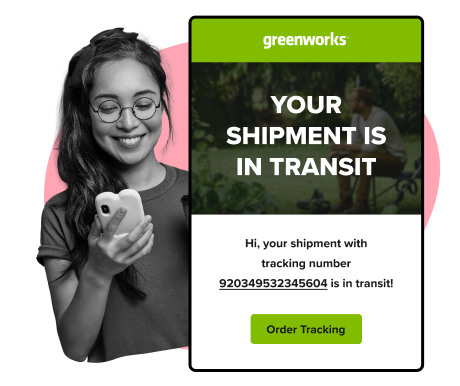
Learn How To Create Successful Post Purchase Email Campaigns
Build an effective post-purchase email flow that helps you increase customer satisfaction and drive revenue growth!

Discover how effective warranty returns management can enhance customer loyalty and strengthen your brand. Read on to transform your return process!
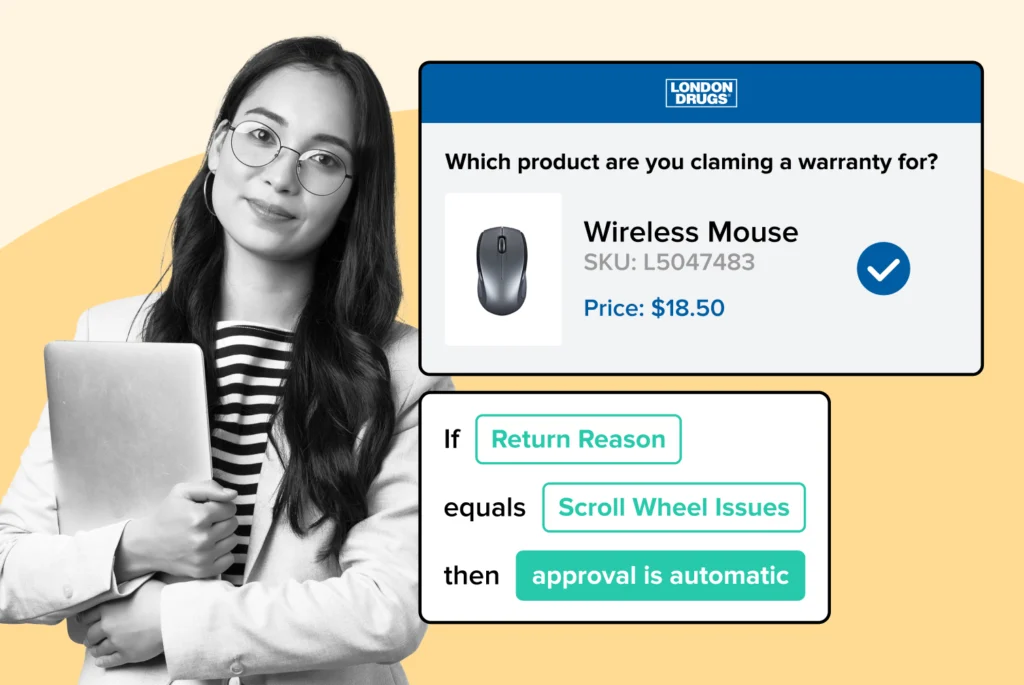
Learn how to streamline warranty returns at scale with practical strategies for efficiency and effectiveness. Read the article for actionable insights.

Create an effective warranty return flow for fragile goods to minimize losses and enhance customer satisfaction. Discover practical steps in our article.
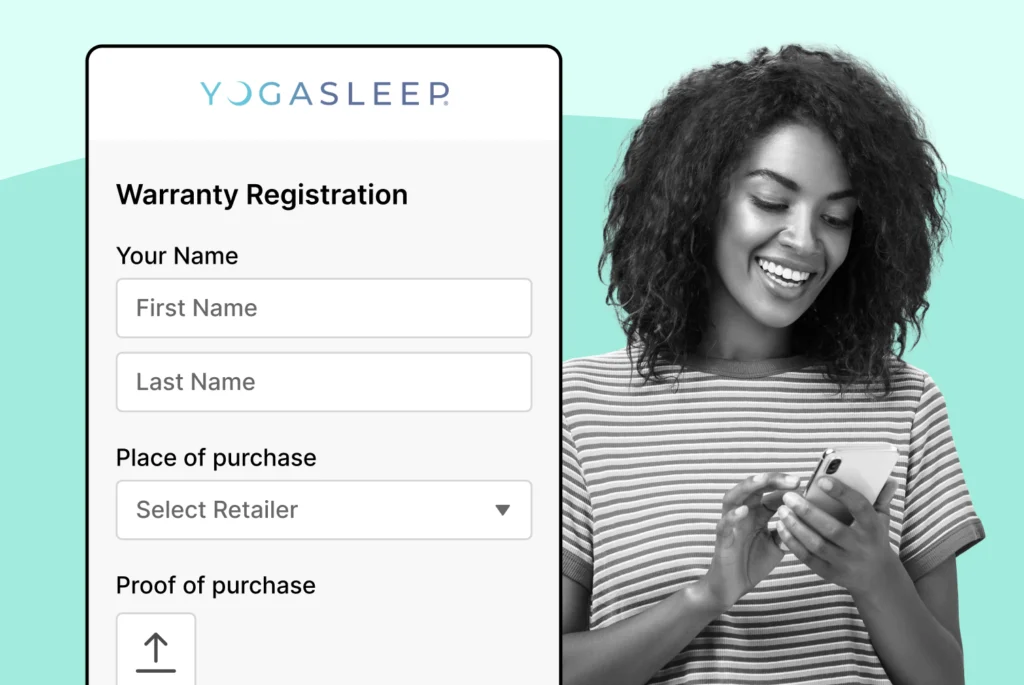
Discover effective strategies to combat warranty fraud and protect your business. Learn best practices for prevention and safeguard your assets. Read more!
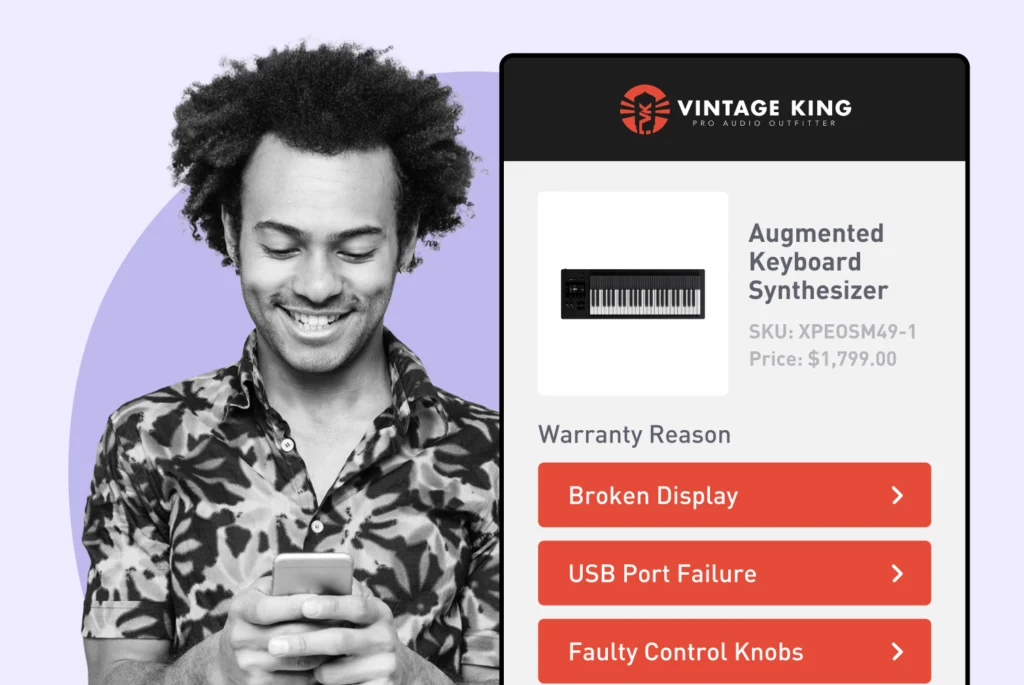
Master the essentials of electronics warranty return management with our comprehensive guide. Streamline your process and reduce hassle. Read more now!

Learn effective strategies for offering self-service warranty returns that enhance customer satisfaction and streamline your process!

Discover how warranties can boost customer loyalty and drive repeat purchases in online stores. Learn effective strategies to enhance your sales. Read more!

Discover the top 10 ecommerce warranty management software solutions to enhance your business efficiency and customer satisfaction. Read the article now!
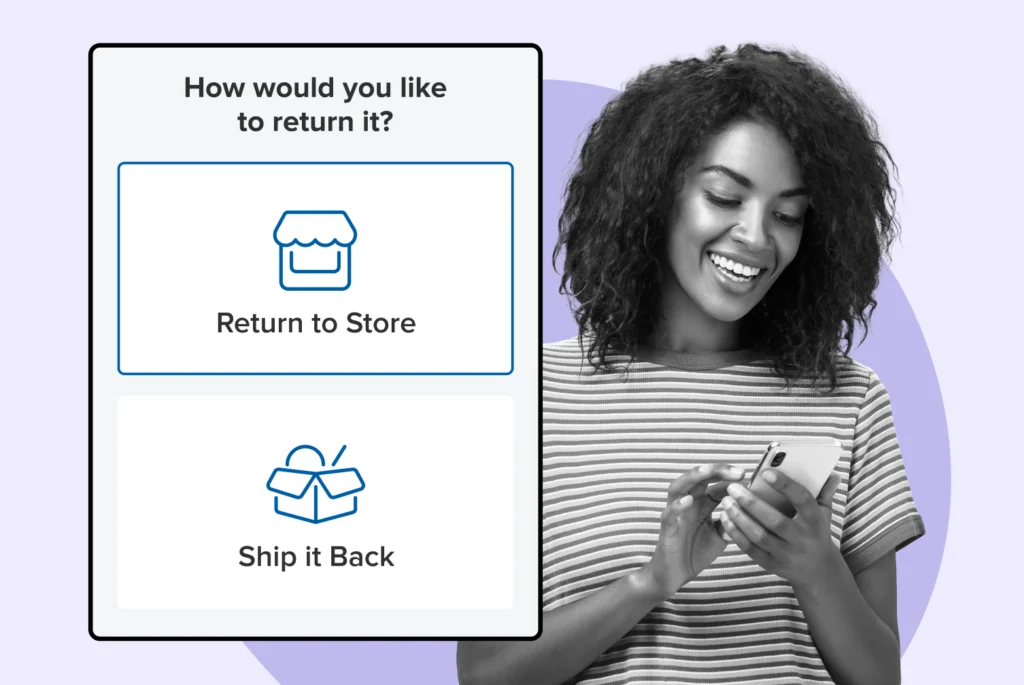
Discover key insights from NRF 2024 to enhance your retail strategy. Learn actionable tips for success and stay ahead in the competitive market. Read more!